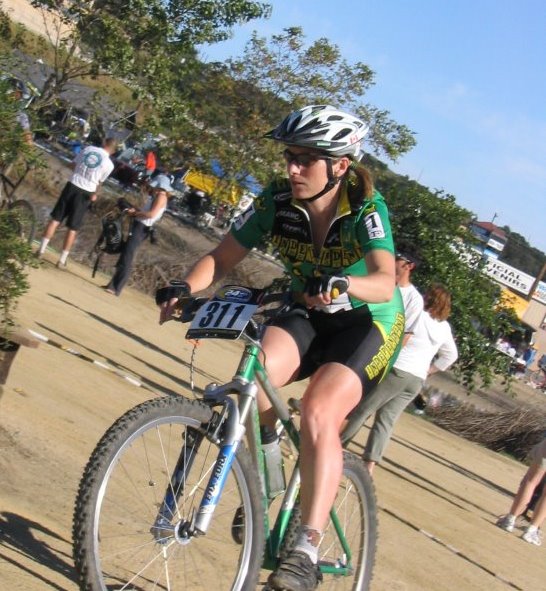Elevation Training and Course Specificity for Cycling
Posted by Matt Russ on 4th Dec 2015
By Coach Matt Russ for Triathlon Life Magazine
 To be well prepared for your next event you must consider not only the distance, duration, and intensity of the race, but the race course itself. Although this seems self-evident, athletes will often stick to their usual training routes out of habit, routine, and/or convenience. This may create some surprises on race day- the body adapts very specifically to the types of stress placed upon it, and you will not be trained discretely for your event.
To be well prepared for your next event you must consider not only the distance, duration, and intensity of the race, but the race course itself. Although this seems self-evident, athletes will often stick to their usual training routes out of habit, routine, and/or convenience. This may create some surprises on race day- the body adapts very specifically to the types of stress placed upon it, and you will not be trained discretely for your event.
A hilly race requires intervals of strength and power, a flat course requires sustained strength endurance without rest, and a rolling course may be a combination of the two. As you approach your goal race, it is important for your training to be as race-like and course-specific as possible. Perhaps during your base period the focus was on a particular fitness substrate or energy system. Now the focus of your training should be on the actual demands of race day: the elevation/grade, conditions/ temperature, and the strategy/tactics of the course itself.
I advise my athletes to have a “tool box” of cycling courses such as a flat course for sustained intervals, a rolling course for repeatability, and a long and/or steep hill for sustained repeats. With the bevy of information available to us today, it is relatively easy to review the course and elevation information online-- even pre-ride the course without leaving your chair. If convenient, a pre-ride or workout on the race course, while gathering course information with a GPS, gives you a feel for the course as well as information to review. Beware of subjective course opinions. One man’s hill is another man’s mountain. Once you have reconnoitered the course online or on your bike, it is a matter of matching your training to it. This may require some travel and planning, but at least one course specific workout or race simulation per week goes a long ways toward being well prepared.
If you live in an area with little elevation, yet have an upcoming event that requires hill training, your best tool is the stationary trainer. You may roughly estimate the duration of a climb by reviewing the length (distance) and % grade chart on most race websites. If you know your average speed approximately “x” on “y” grade it should give you a rough idea of how long and steep a climb will be. Most training GPS units have a grade metric for you to view real time and get a “feel” for your speed on a 5% vs. 15% grade. By using low cadence intervals you may now train more specifically for a particular course. The low cadence (65 rpm)/high intensity interval may simulate a very steep hill, whereas a higher cadence (80 rpm) lower intensity interval would simulate a more moderate grade. However, you must be careful with this type of work as it can be very stressful on connective tissue.
Pacing over varied terrain is a lot more challenging than holding a consistent pace over a flat course, but the objective is the same: to meter out your energy most effectively. The natural tendency when faced with elevation is to “surge” or increase power to overcome the added resistance of gravity. Variable efforts are far more fatiguing than consistent efforts. A good workout or drill is to practice metering your energy smoothly over varied terrain. Pacing may be the key factor that unlocks that fast run off the bike.
Knowing when to “sit up,” stay aero, and/or get out of the saddle is also important tactically. Most aerodynamic drag (where most of your resistance is coming from) is mitigated at around 13 mph. Sitting up puts you in a more leveraged climbing position and gives your back and neck a welcome respite. Hard, out of the saddle efforts are like putting on the “after burners.” These efforts are very fatiguing and should be used prescriptively- if at all. Learning to descend without excessive braking adds seconds, or minutes, to your bike split.
By understanding your race course terrain, adapting your training specifically for it, metering out your energy over the course, and tactically reacting to it, you may give yourself a tremendous advantage over the competition. Remember, the bike split offers the most opportunity for time reduction- and should be addressed accordingly.


